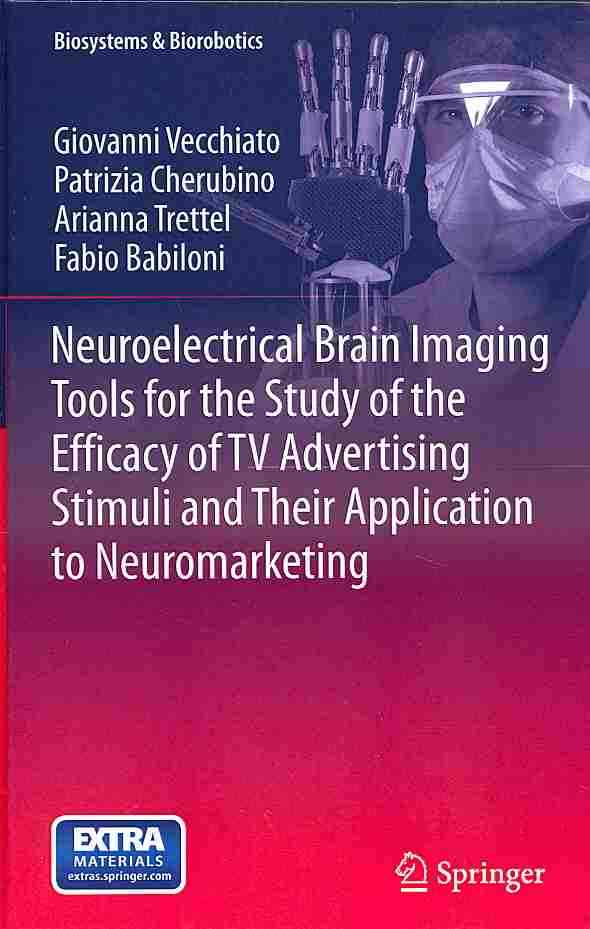Emotional intelligence mapped in the brain

Cognitive neuroscience has made considerable progress in understanding the neural architecture of human intelligence, identifying a broadly distributed network of frontal and parietal regions that support goal-directed, intelligent behavior. However, the contributions of this network to social and emotional aspects of intellectual function remain to be well characterized.
A recent article published in Social Cognitive and Affective Neuroscience (SCAN) (Barbey A. K., Colom R, Grafman J. (2012) Distributed neural system for emotional intelligence revealed by lesion mapping. Soc Cogn Affect Neurosci. doi:10.1093/scan/nss124) investigated the neural basis of emotional intelligence in 152 patients (Vietman veterans) with focal brain injuries using voxel-based lesion-symptom mapping, using CT scanners and behavioral testing. Latent variable modeling was applied to obtain measures of emotional intelligence, general intelligence and personality from the Mayer, Salovey, Caruso Emotional Intelligence Test (MSCEIT), the Wechsler Adult Intelligence Scale and the Neuroticism-Extroversion-Openness Inventory, respectively.

Analyses revealed that there is a significant overlap between general intelligence and emotional intelligence, both in terms of behavior and in the brain. Higher scores on general intelligence tests corresponded significantly with higher performance on measures of emotional intelligence, and many of the same brain regions were found to be important to both.

Results further indicated that these convergent processes depend on a shared network of frontal (known to be involved in regulating behavior; it also processes feelings of reward and plays a role in attention, planning and memory), temporal and parietal (helps integrate sensory information, and contributes to bodily coordination and language processing) brain regions. The results support an integrative framework for understanding the architecture of executive, social and emotional processes.
Find out more about their research in the video below:




















